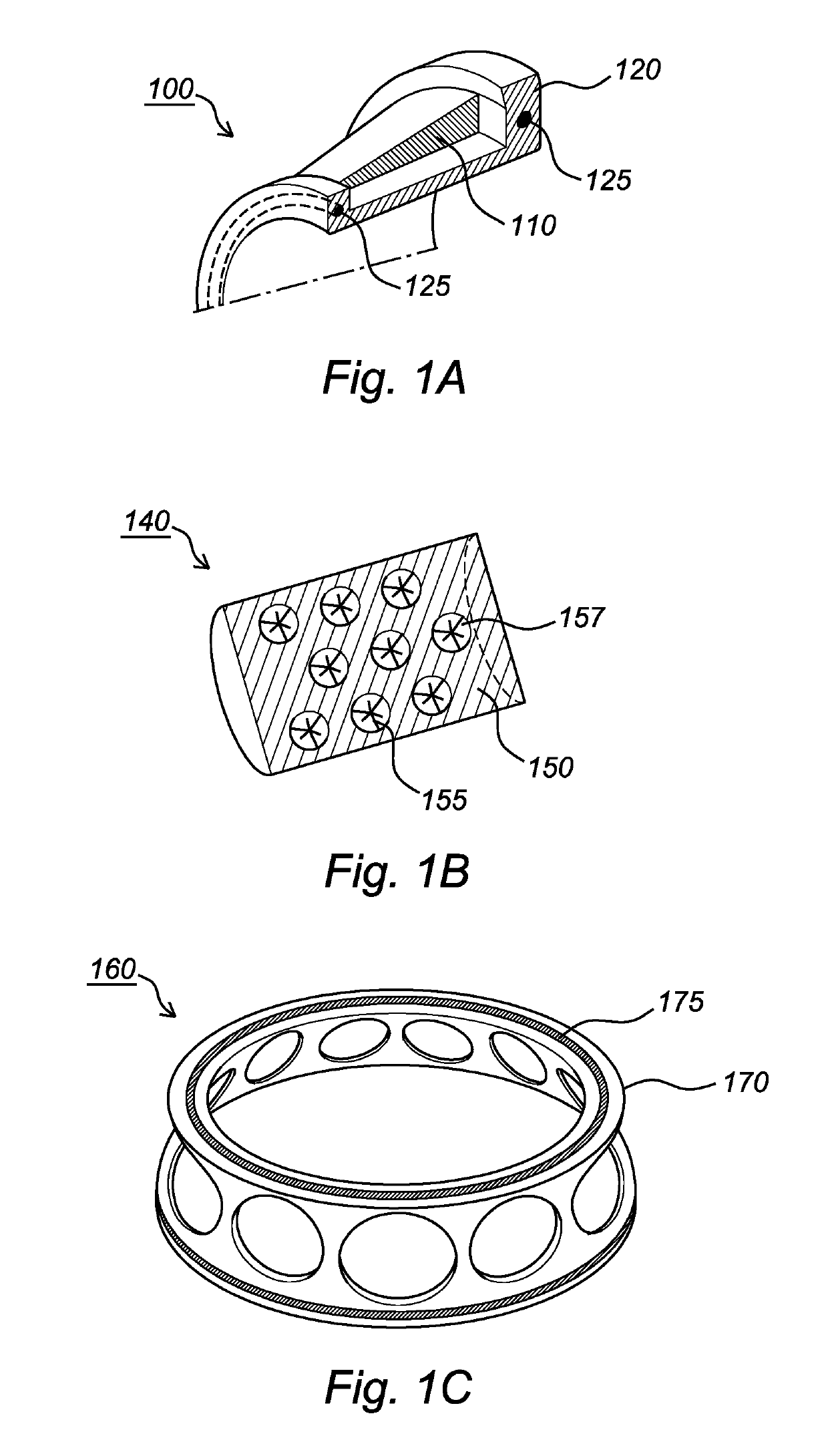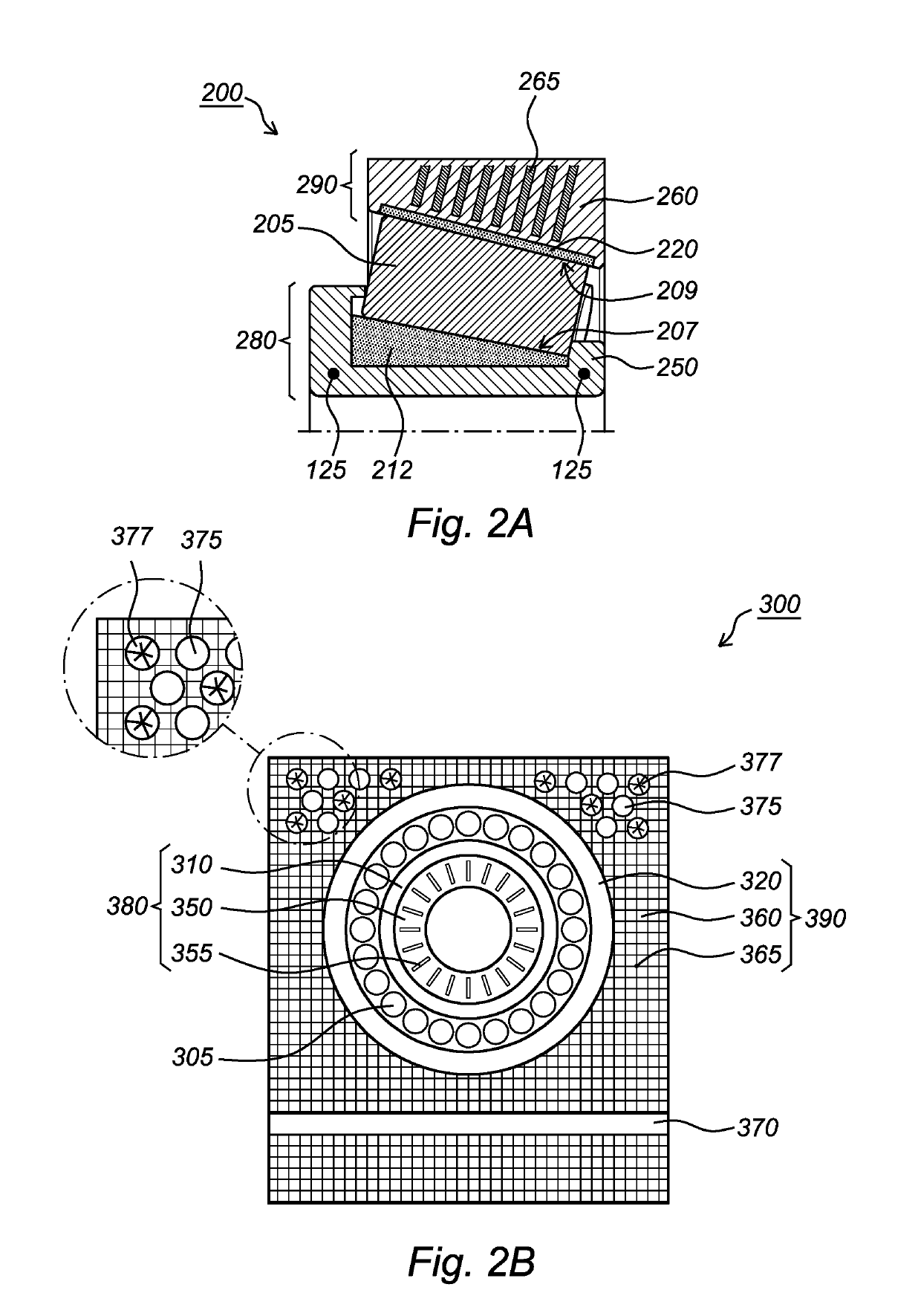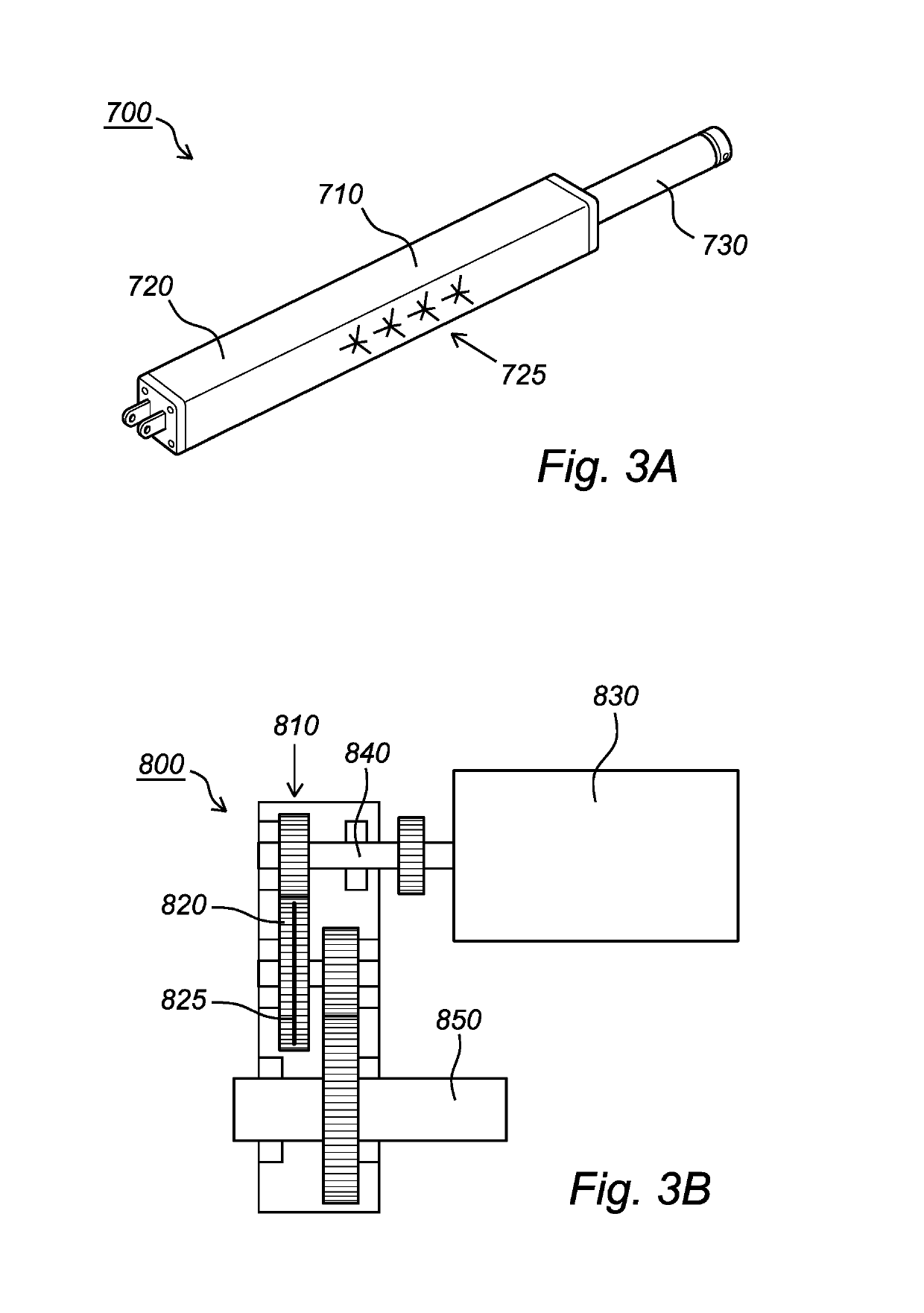Building block for a mechanical construction
a technology for building blocks and mechanical construction, applied in the direction of hoisting equipment, manufacturing tools, other domestic objects, etc., can solve the problem of affecting and achieve the effect of reducing the weight of these building blocks
- Summary
- Abstract
- Description
- Claims
- Application Information
AI Technical Summary
Benefits of technology
Problems solved by technology
Method used
Image
Examples
first embodiment
[0049]FIG. 4A shows an additive manufacturing tool 400 in which a liquid resin 450 is used for applying the printed material 460 in the additive manufacturing process. Such additive manufacturing tool 400 comprises resin container 430 comprising the liquid resin 450. Inside the resin container 430 a platform 470 is positioned which is configured to slowly move down into the resin container 430. The additive manufacturing tool 400 further comprises a laser 410 which emits a laser beam 412 having a wavelength for curing the liquid resin 450 at the locations on the printed material 460 where additional printed material 460 should be added. A re-coating bar 440 is drawn over the printed material 460 before a new layer of printed material 460 is to be applied to ensure that a thin layer of liquid resin 450 is on top of the printed material 460. Emitting using the laser 410 those parts of the thin layer of liquid resin 450 where the additional printed material 460 should be applied will l...
second embodiment
[0050]FIG. 4B shows the additive manufacturing tool 401 in which a liquid resin 450 is dispensed from a dispenser 405 or print head 405 for applying the printed material 460 in the additive manufacturing process. The additive manufacturing tool 401 again comprises the resin container 430 comprising the liquid resin 450 which is fed via a feed 455 towards the print head 405. The print head 405 further comprises a print nozzle 415 from which droplets of liquid resin 450 are emitted towards the printed material 460. These droplets may fall under gravity from the print head 405 to the printed material 460 or may be ejected from the print nozzle 415 using some ejection mechanism (not shown) towards the printed material 460. The print head 405 further comprises a laser 410 emitting a laser beam 412 for immediately cure the droplet of liquid resin 450 when it hits the printed material 460 to fix the droplet of liquid resin 450 to the already printed material 460. The printed material 460 f...
third embodiment
[0051]FIG. 5A shows the additive manufacturing tool 500 in which the material is granulated into small solid particles 550 which are used for applying the printed material 560 in the additive manufacturing process. Now, the additive manufacturing tool 500, also known as a Selective Laser Sintering tool 500, or SLS tool 500 comprises a granulate container 530 comprising the granulated small solid particles 550. The printed material 560 is located again on a platform 570 and is completely surrounded by the granulated small solid particles 550. Lowering the platform allows a granulate feed roller 540 to apply another layer of granulated solid particles 550 on the printed material 560. Subsequently locally applying the laser beam 512 using the laser 510 and the scanning mirror 520 will locally melt the granulated solid particles 550 and connects them with each other and with the printed material 560 to generate the next layer of the solid object to be created. Next, the platform 570 mov...
PUM
| Property | Measurement | Unit |
|---|---|---|
| radius | aaaaa | aaaaa |
| area | aaaaa | aaaaa |
| oleophilic property | aaaaa | aaaaa |
Abstract
Description
Claims
Application Information
 Login to View More
Login to View More - R&D
- Intellectual Property
- Life Sciences
- Materials
- Tech Scout
- Unparalleled Data Quality
- Higher Quality Content
- 60% Fewer Hallucinations
Browse by: Latest US Patents, China's latest patents, Technical Efficacy Thesaurus, Application Domain, Technology Topic, Popular Technical Reports.
© 2025 PatSnap. All rights reserved.Legal|Privacy policy|Modern Slavery Act Transparency Statement|Sitemap|About US| Contact US: help@patsnap.com



